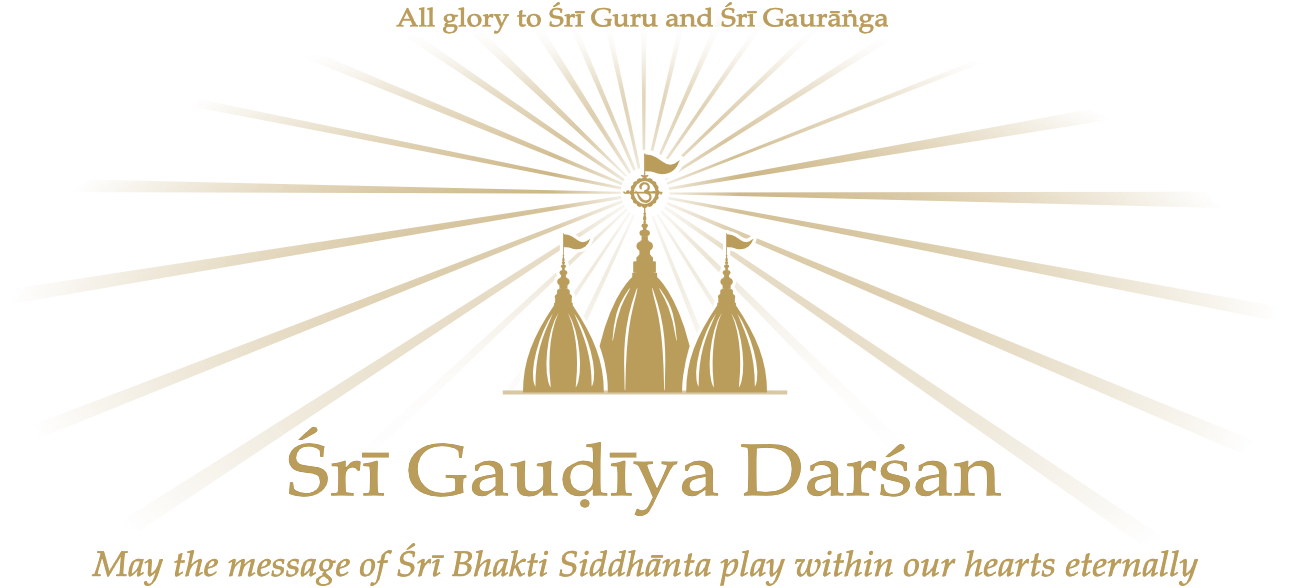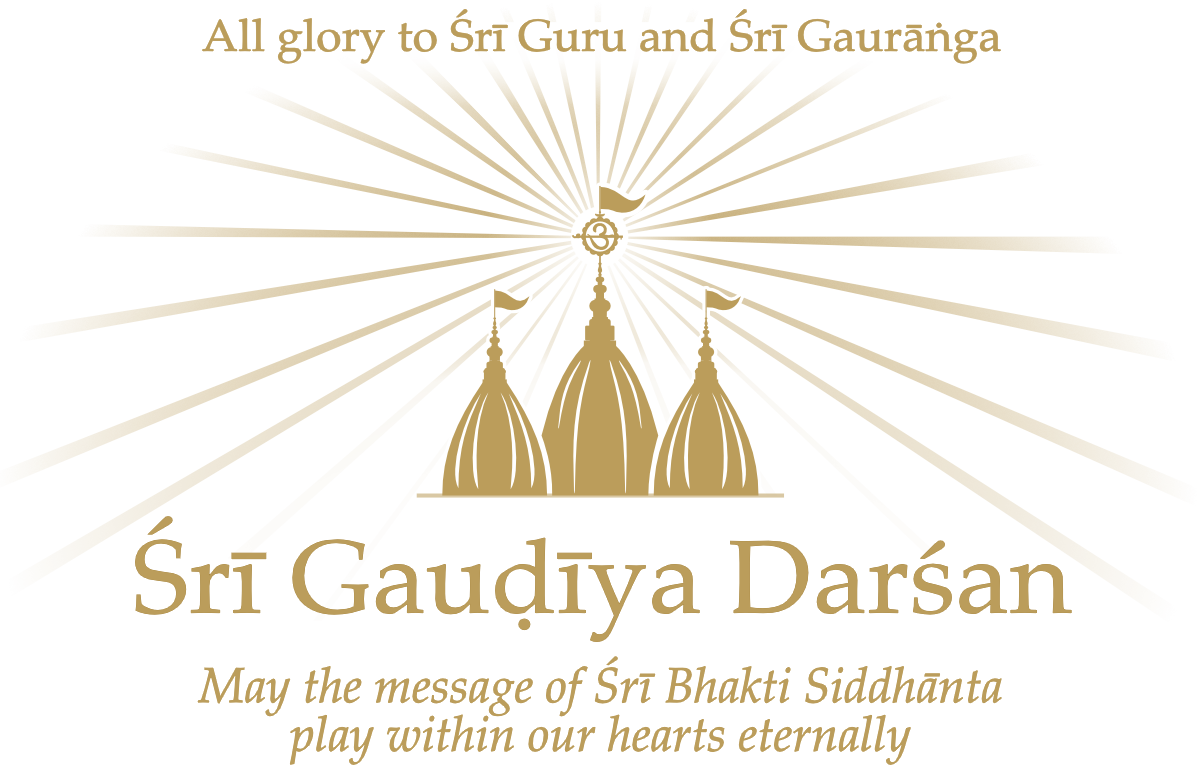Śrīla Bhakti Rakṣak Śrīdhar Dev-Goswāmī Mahārāj explains the relationship between truth and beauty.
Whatever is connected with Kṛṣṇa is all right. Externally or apparently, it may seem to be defective, but if it has real connection with Kṛṣṇa, then it is good. What does not have connection with Kṛṣṇa may apparently be very beautiful or very good, but it is all impure. There is only one criterion we are to follow. We are to understand and realise how it is that only, exclusively, connection with Kṛṣṇa is beneficial. Something may be good in all other respects, but if Kṛṣṇa is absent within it, it is a dead thing.
When I was a student in school, class six or seven, one of our teachers said:
satyaṁ bruyāt priyaṁ bruyāt mā bruyāt satyam apriyam
(Manu-saṁhitā: 4.138)
[“Speak the truth and speak what is pleasing. Do not speak unpleasant truth.”]
When I first heard this verse, I was perplexed. Satyaṁ bruyāt: always speak the truth. This is all right. Priyaṁ bruyāt: speak what is pleasing. This is okay. Mā bruyāt satyam apriyam: do not speak truth that is not pleasing. Here, I felt some pressure. What is this? If it is unpleasant, should truth not be spoken? The truth then is limited? It has to be pleasing? I felt a check.
satyaṁ brūyāt priyaṁ brūyāt mā brūyāt satyam apriyam
priyañ cha nānṛtaṁ brūyād eṣa dharmaḥ sanātanaḥ
The real conception of sanātan-dharma is: “Speak the truth, and speak what is pleasing. Neither speak truth that is not pleasing nor what is pleasing but not true.”
I came to understand that the underlying point is that we should not give any pain to anyone. But there is a higher underlying principle also: there is something above truth, so-called truth. Absolute truth is there, and the truth of your conception is not always to be followed. It is all relative. So, try to understand that the real truth is always pleasing at the same time. Sat-chit-ānandam, real truth is inseparably connected with ānandam. Try to find that. The formal truth of this world is not truth proper. What we come across generally in the name of truth is not the real conception of truth.
Rāmachandra followed the line of that model truth, but Kṛṣṇa did not care for that. He encouraged Yudhiṣṭhir to lie to Droṇāchārya. Daśarath banished Rāmachandra, but Vasudev did not keep his own word to Kaṁsa. He took Kṛṣṇa to Nandālay even though he was avowed to give to Kaṁsa whatever children Devakī produced. He was committed already to Kaṁsa, but he broke the moral law and took Kṛṣṇa to Nandālay. On the other hand, Rāmachandra had to go to the forest because Daśarath could not refuse his wife whom he had already promised to give whatever she would ask from him. He could not withdraw his promise, and he fainted. So, in Kṛṣṇa conception, we are taught that ordinary truth which is in vogue in this criminal world does not have much value. It may be crossed.
sarva-dharmān parityajya mām ekaṁ śaraṇaṁ vraja
(Śrīmad Bhagavad-gītā: 18.66)
“When worldly truth and Myself are in opposite parties, leave the truth and come to Me. Truth is My creation. I am ānandam, and that holds the supreme position.”
Sat and chit are absorbed in ānandam. Ānanda—harmony, beauty—is the real integer. Sat, eternal existence, and chit, consciousness of existence, are subsidiary to ānandam: ecstasy, fulfilment. Sat-chit-ānanda; satyam śivam sundaram. Sundaram is most important; it has two phases: existence and self-consciousness. Consciousness is hankering for something, but sundaram, ānandam, is full in itself. Consciousness and existence are presupposed; they are within it. Mere existence is not appreciable, and conscious existence is also not appreciable because consciousness means searching for something. But in ānandam, there is existence, consciousness, and fulfilment. So, reality is for itself.
Reference
Spoken 29 April 1982.



Leave a Reply